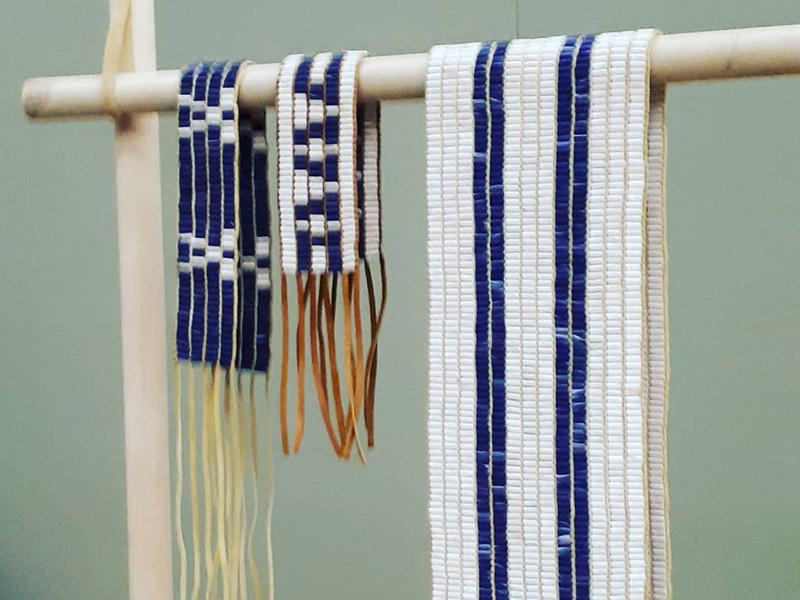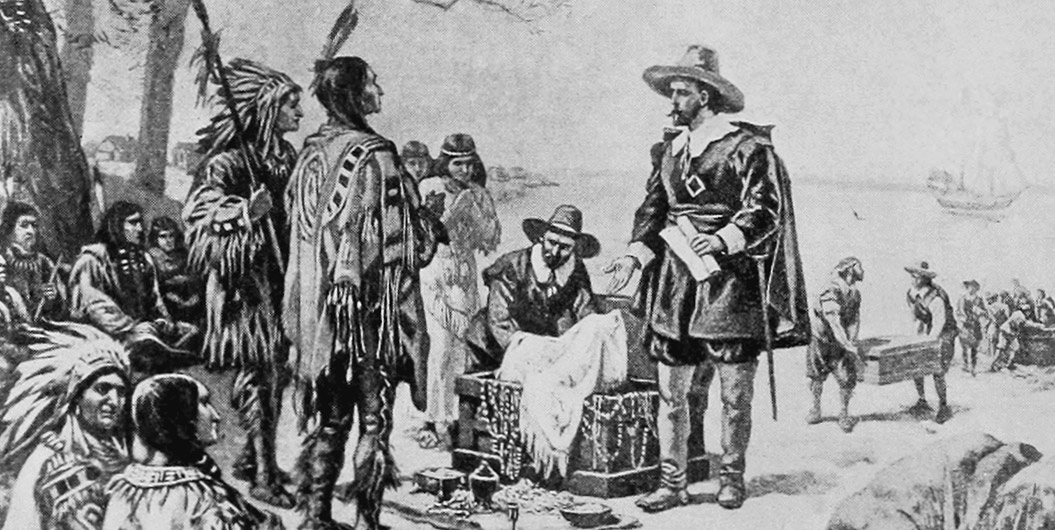Peter Minuit’s Purchase of Manhattan
Peter Minuit was the third director of the colony of New Amsterdam, which later became known as New York. He is most famously known for the 1626 purchase of the island of Manhattan for $24 in beads, at least that was the story in schoolbooks. But did it actually happen?
The Dutch West India Company established the colony of New Amsterdam in 1624 by sponsoring 30 families to create a settlement. Their primary interest was trade in beaver fur, which at that time was quite valuable in Europe and plentiful up the Hudson River which ended in Manhattan. Peter Minuit became director of the colony in 1626 and it’s possible that he actually conducted a transaction with the Native Americans, who called themselves Lenape. An 1626 letter from a representative of the colony to the directors of the Dutch West India Company still exists and in it he writes that they purchased the island of Manhattan for 60 guilders, which would be about $1000 today. However, whatever transaction took place, most likely the two sides had completely different understandings of what it meant.
The Lenape did not have the concept of land ownership. Just as no one could own the sky, no one could own the land. Also, it’s not clear what land area they were discussing. The Lenape called the southern tip of the island “Manhattoe” which meant “gather bows” because hickory trees grew there, which was a good wood for making bows. Early explorers took “Manhattoe” and turned it into “Manhattan” as a term for the entire island, which the Dutch also used.
As for beads, they were wampum, woven shells, which had ceremonial and cultural significance and would have been exchanged to mark a significant agreement. Other trade goods such as metal tools, which would have been very useful to the Lenape, were likely also exchanged.
So in the end, an agreement was probably made between the Dutch and Lenape, but they both came away with completely different ideas of what the agreement was. The Lenape thought they agreed to let the Dutch live in peace on the southern tip of Manhattan and the Dutch honored them with gifts. The Dutch thought they had purchased the entire island in a fair real estate transaction.
Learn more about the history of New York on our Secrets of Lower Manhattan Tour.

1626 Letter about the Purchase of Manhattan 
Wampum
